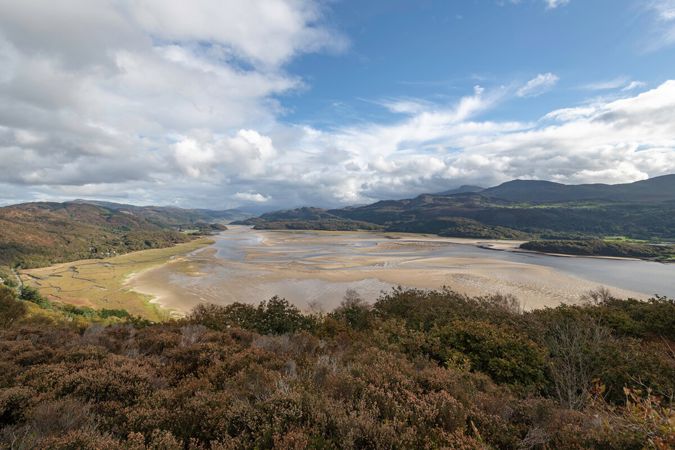Further action needed to protect Wales’s marine protected areas

New detailed assessments of marine protected areas (MPA) in Wales show which habitats and species are doing well in Welsh waters, but highlight the need for more action to improve habitat, biodiversity and water quality, according to Natural Resources Wales (NRW).
A total of 85 features designated across 17 marine special areas of conservation (SACs) and special protected areas (SPAs) have been assessed to determine if their conservation objectives are being met. This covers 37% of the Welsh Marine Protected Area network.
These features include a range of rare and protected species and habitats, such as grey seals, sea lamprey, otter, sandbanks, mudflats, reefs and saltmarsh.
Amongst the conservation objectives are targets for water quality, linked to the Water Framework Directive Regulations classifications, which were recently published in March.
This shows that nutrient pollution, in the form of dissolved inorganic nitrogen, is one of the main reasons that the features of some sites are in unfavourable condition.
Funded by the Welsh Government through the Nature Networks Fund, this is the first time evidence on this scale has been collected on the state of Wales’s protected marine environment and is one of the most extensive reports to date on the state of marine protected areas in Europe.
Cross border marine sites have not been included at this stage, but will be assessed jointly with Natural England and the JNCC over the next few years. This information gives the evidence needed to improve the condition of our MPA network in Wales.
Twelve new conservation advice packages have also been developed using information from the condition assessments. This detailed and targeted advice will support and improve sustainable management of these important sites by NRW and partner organisations.
Mary Lewis, Head of Natural Resource Management from NRW said:
“As well as being home to some of Wales’s most unique and threatened habitats and species, our coastal areas are treasured by local communities and are an important contributor to the Welsh economy through tourism and recreation.
“A huge amount of knowledge and expertise has been drawn upon to produce such comprehensive evidence about the condition of our protected marine areas – this will now provide an important baseline for us to monitor progress.
“This is an important first step towards prioritising the actions needed to improve the long term health of our much-loved marine environment.
“In recent years there has been much focus on the health of our SAC rivers and action at scale to drive the much-needed improvements to water quality. While this work continues, we must now also focus our attention on the action needed to improve the health of the wildlife, habitat and water quality within our marine environment.”
The results of the condition assessments have already been used for national level reporting as well as to inform investigation projects into exactly why elements of our MPA network are failing.
The full condition assessments and conservation advice packages are available to view on the NRW website.
